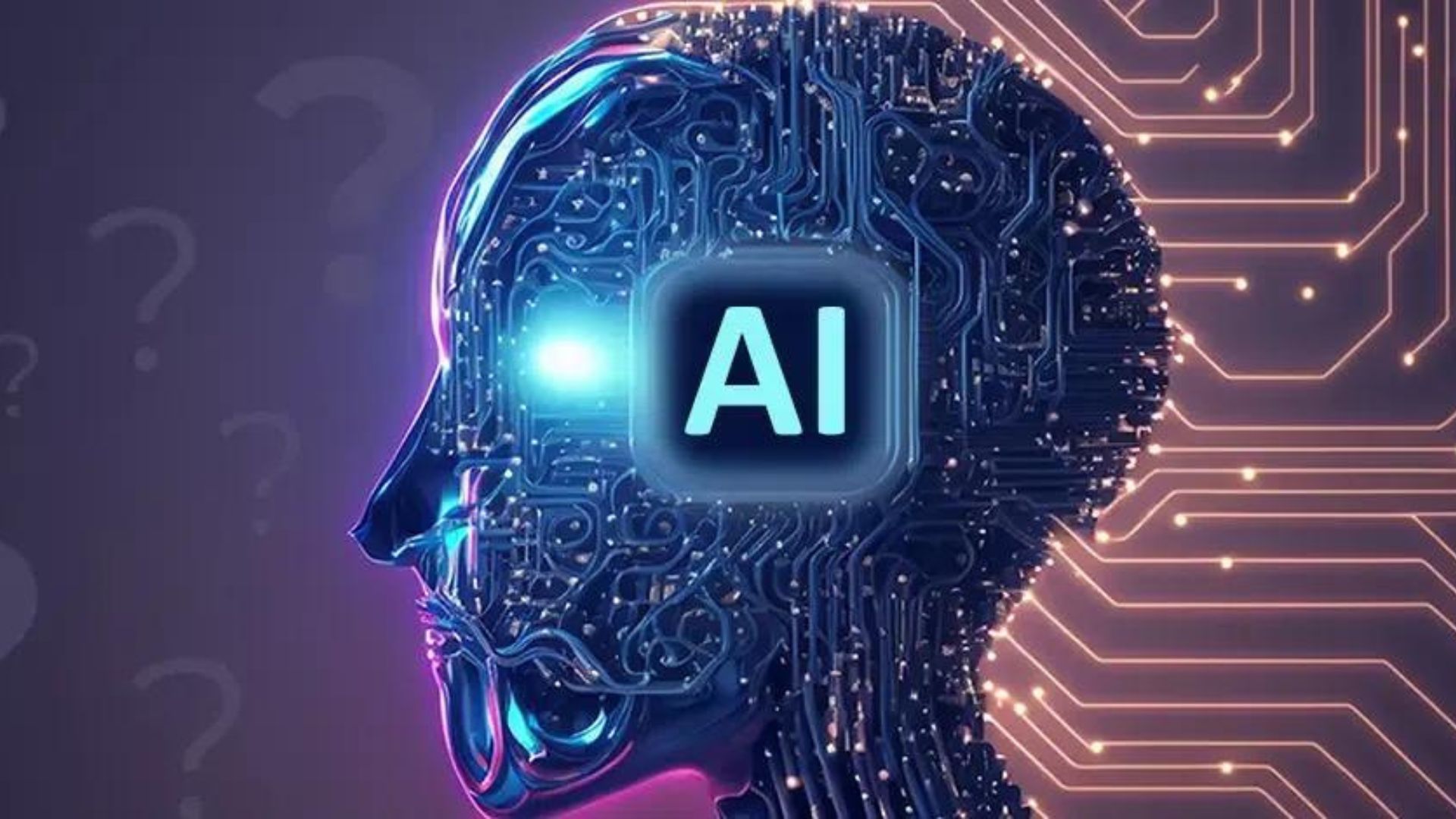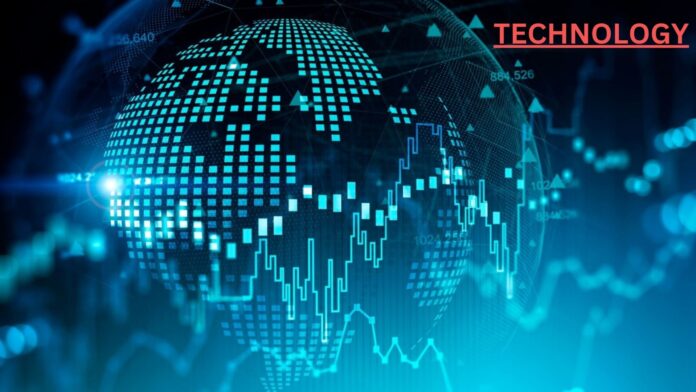The 10 Technology Trends That Will Transform Our World. The uniqueness of the fourth industrial revolution compared to its predecessors lies in the simultaneous emergence and development of numerous technological trends. Here, I outline the ten most important technological developments that, in my opinion, will change the way we conduct business and live our lives for the rest of time; these developments are propelling the fourth industrial revolution.
The 10 Technology Trends
Trend 1: Ubiquitous computing

Computers have become ubiquitous in modern life, from our pockets and wrists to our cars and home appliances.
We have grown accustomed to the ever-increasing miniaturization, portability, affordability, power, and pervasiveness of electronic gadgets as computing power and microchip size has decreased. (For instance, the typical smartphone now has more processing power than supercomputers a decade ago.) In the future, quantum computers—computers that are so incredibly powerful and lightning-fast that they could be utilized to accomplish new technology trends and previously unthinkable tasks—will likely be the catalyst for the next significant advancement in computing capability.
Trend 2: Connected and intelligent everything
Smart TVs, smartwatches, and smart thermostats are just a few examples of the many gadgets that use the Internet of Things (IoT). The Internet of Things (IoT) is the network of interconnected physical items and systems that can sense their environment and provide information to other devices or people. The future holds limitless connectivity for any things that can be linked. Not merely in terms of things we use every day (though that is undoubtedly an essential factor for companies to think about) but also the places we spend most of our time at home and work. Everything from technology trends and networked workplaces to full-scale “smart cities” will soon be able to track our every move and respond intelligently.
Trend 3: The datafication of our world
The Internet of Things (IoT) and ubiquitous computing significantly increase the data created daily. In addition to data produced by machines, we create vast amounts of data through our everyday actions, and this trend is far from slowing down. The bright side is that companies may utilize this data to their advantage by making better decisions, designing better products and services, and even generating new income. However, companies also need to be aware of the dangers of data, especially data privacy and security.
Trend 4: Artificial intelligence (AI)

A significant factor in AI’s meteoric rise in recent years, especially in “conversational AI,” is the massive amounts of data being produced. Thanks to AI, smart speakers handled 100 billion voice commands in 2020, 75% more than in 2019.
The lesson for companies is that as AI improves in daily interactions, consumers will demand that every service and product they buy include AI capabilities.
Trend 5: Extended Reality (XR)
Virtual, augmented, and mixed reality all fall under the XR umbrella term, representing the spectrum of immersive technology.
Once reserved for the gaming industry, XR is now finding applications in many other sectors, helping provide consumers and workers with more unique and engaging experiences. Employees can learn in engaging, immersive ways, and consumers can virtually try things (such as electronically arranging a sofa in a customer’s living room to see how it looks).
The merging of the physical and virtual worlds is something I see happening more and more in the future, and I think XR will hasten this trend. Businesses must plan for this to provide their staff and customers with immersive experiences.
Trend 6: Digital Trust
Users have faith in organizations to create a safe digital environment where they can engage and transact quickly and securely. This is known as digital trust.
Distributed ledger technology and blockchain will be crucial in increasing confidence in online transactions and enhancing—the safety of online interactions. However, there’s still a way to go before the technology is fully available to all organizations. Collaborating with numerous young entrepreneurs and innovators to achieve significant progress in the blockchain industry can be the solution for multiple companies.
Trend 7: 3D printing
Modern 3D printing technology trends allow for an infinite variety of material options. But it is not limited to chocolate, powder, concrete, liquid, and metal. It is now possible to 3D print whole homes.
This might revolutionize the manufacturing industry. 3D printing enables producers to build difficult or impossible items to fabricate using conventional methods. It also helps to simplify production, eliminates waste, and allows for the creation of highly customized products, including one-of-a-kind items.
Trend 8: Gene-editing and synthetic biology
When “bad” genes, or those that threaten an organism’s or its offspring’s health, are identified, gene editing can be handy. In principle, these detrimental traits can be changed using new gene-editing technology. This is how gene editing has the potential to revolutionize the battle against illness in all its forms, including crops, animals, and humans.
While gene-editing technologies allow for minute alterations to DNA, synthetic biology provides for inserting lengthy strands of DNA into an organism. The creature might exhibit new traits or alter its behavior as a result.
Where does this fit into the context of companies? The manufacturing process might shift dramatically if synthetic biology and gene editing become widely used. It is simple to understand the revolutionary potential of these technologies when one considers fascinating new items like cultured flesh.
Trend 9: Nanotechnology and materials science
From tiny computer chips and smartphone displays to lithium-ion batteries and stain-resistant fabrics. We have already benefited greatly from materials science and nanotechnology. Materials science includes studying and manipulating materials. At the same time, nanotechnology is concerned with controlling matter on a tiny scale at the atomic and molecular levels.
This trend has the potential to bring about significant improvements in electric car batteries, lower the cost of solar energy, and other innovations that will improve our world.
Trend 10: New energy solutions
Many see nuclear fusion as the future of clean, endless energy. But the problem is that it consumes more energy to keep a fusion reaction going than it creates. However, new developments in magnet technology have raised the possibility that a nuclear fusion reactor might produce net electricity by the year 2035.
As an alternative to the more conventional “grey hydrogen” generation method, green hydrogen offers an intriguing zero-carbon energy option. Using electrolysis, “green hydrogen” separates water into hydrogen and water without producing unwanted byproducts. Green hydrogen was previously considered impractical due to the high amount of electricity required for this process. Renewable energy sources, however, have the potential to alter this. For instance, the growing amount of renewable power on the grid may power water electrolysis.
The most important takeaway from these developments is that we are entering a swift and continuous innovation period. In which different technological trends will interact and produce even more significant shifts. This effectively ends the era of gradual technological advancements for companies. The future lies in constant transformation.


